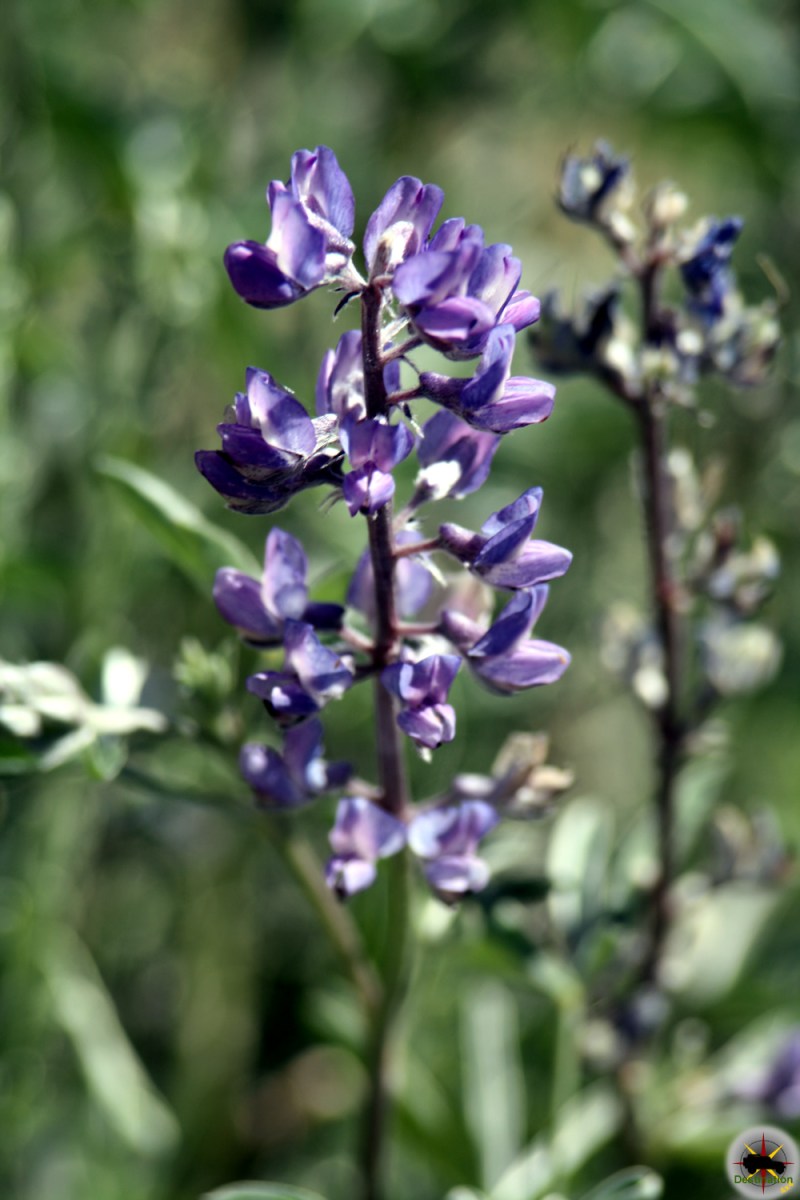
The Snow plant (Sarcodes sanguinea) is a rather rare and unique member of the plant community. The scientific name roughly translates to “the bloody flesh-like thing” and named by John Torrey, who was a 19th century botanist. The name is easily understood when walking through a snowy section of mountains and you happen across a bright red plant.
This solitary little plant is completely red is color due to its complete lack of chlorophyll. Unable to photosynthesize, this plant derives its nutrition from a mutual-ism between the plant and a fungus. The snow plant provides fixed carbon to the fungus, and in return, the plant leaches sugars from the fungus.
The red flowered plant typically appears just before the last of the snows of winter. The above ground stalk typically does not exceed 12 inches in height. The plant is typically founded in the conifer forests of California, Oregon and parts of western Nevada. The plants are essentially parasites to the conifers and as such, typically found close to them.
The flowers of the snow plant are typically tightly packed around the singular stalk and evenly spaced. The plant is typically bright red in color and the fruit is pinkish red.





